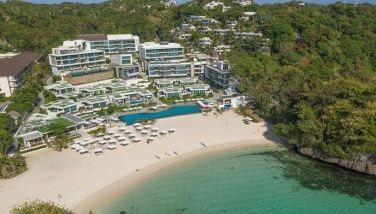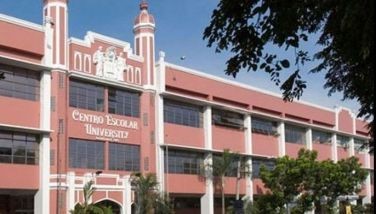BFAR-7 slams fishermen’s fish holiday
TAGBILARAN CITY, Philippines – Consumers have nothing to worry on the fishermen group’s two-day fish holiday because the government can always tap fish traders from other areas to fill in the supply gap in Bohol.
BFAR-7 Regional Director Andres Bojos said the fish holiday failed to force the government to withdraw the new law, imposing higher penalties on illegal fishing activities, which the striking fishermen had been protesting on.
The fish holiday, which threatens to sabotage the supply of fish in the province, proved futile, said Bojos and the BFAR-7 might even be glad the protesting fishermen would extend their strike to one month instead, so that small-scale fisherfolk will have more to catch due to the hiatus.
Bojos said Governor Edgar Chatto had already proven government’s action as effective during the post-2013 earthquake and super typhoon Yolanda periods when local fisherfolk refrained from venturing to the seas.
BFAR-7 had fielded teams monitoring the supply of fish, and it would be awkward for striking fishermen to threaten the government, because the new law’s only intention was to make it difficult for any sector to fish illegally.
The agency had also provided Bohol with a freezer van to make sure fish supply reaches the market fresh, thus, helping the fishermen and the traders and providing the consumers with quality product as well, Bojos said.
Bojos managed to get Kenneth Joseph Abuyabor, chapter president of the protesting group BAPOR, into admitting they had been violating Republic Act 8550 or the Philippine Fisheries Code of 1998 that penalizes illegal fishing, and for one, catching fish within the municipal waters.
Abuyabor allegedly admitted fishermen had been playing hide-and-seek with law enforcers prior to RA 10654, and with the amended law, which increases penalties, violators will learn to respect and follow the law.
RA 10654 (An Act to Prevent, Deter and Eliminate Illegal, Unreported and Unregulated Fishing, Amending Republic Act No. 8550, otherwise known as “The Philippine Fisheries Code of 1998) and for other purposes — lapsed into law last February 27.
Abuyabor, for his part, explained that between Cebu and Bohol, there were areas where municipal waters overlap, thus they (fishermen) are left with limited portions to catch fish. They usually catch fish along the Tagbilaran and Maribojoc areas, he said.
A sketch from BFAR-7 showed a small portion between Siquijor, Oslob in Cebu and Balicasag in Bohol side that is outside the 15-kilometer prohibited zone, but small-scale fishing vessels could not brave the waves in the area, especially during weather disturbances in the light of climate change. “They could even hardly reach the area,” Abuyabor said.
Due to this, BAPOR asked the government to further amend the law to make the depth of the seawater of an area as reference instead of distance from the shorelines. Abuyabor said they are using ring net, an active gear but not destructive to corals.
Bojos countered that, under the law, small-scale and medium-scale commercial fishing is allowed 10.1 kilometers from the mainland’s shoreline and beyond as long as the coastal municipality has an ordinance providing for it.
“I will request the towns and the city to furnish BFAR-7 of their ordinance so we can evaluate how many coastal LGUs have ordinances allowing small and medium fishing vessels within 10.2 kilometers and beyond,” Bojos added.
- Latest























